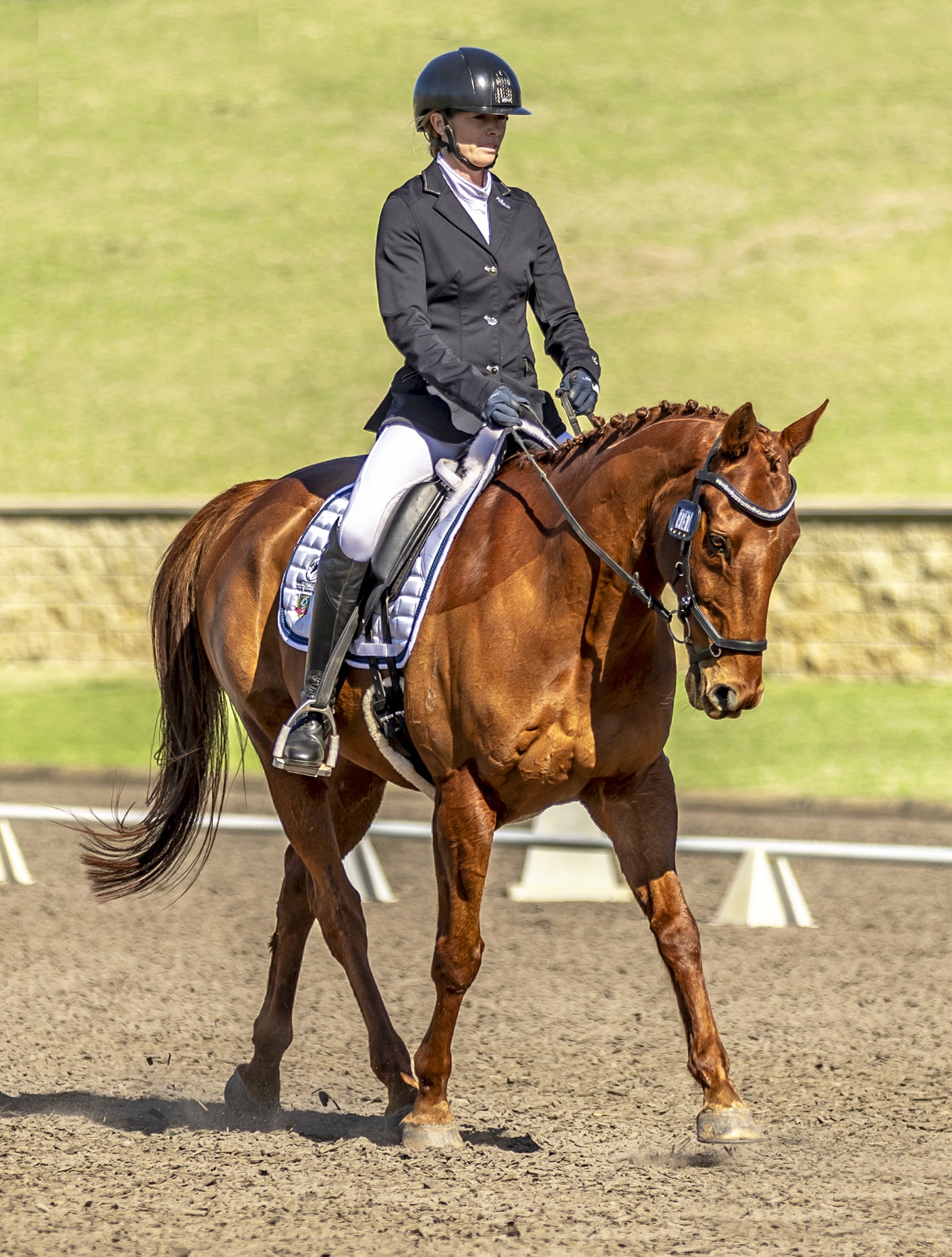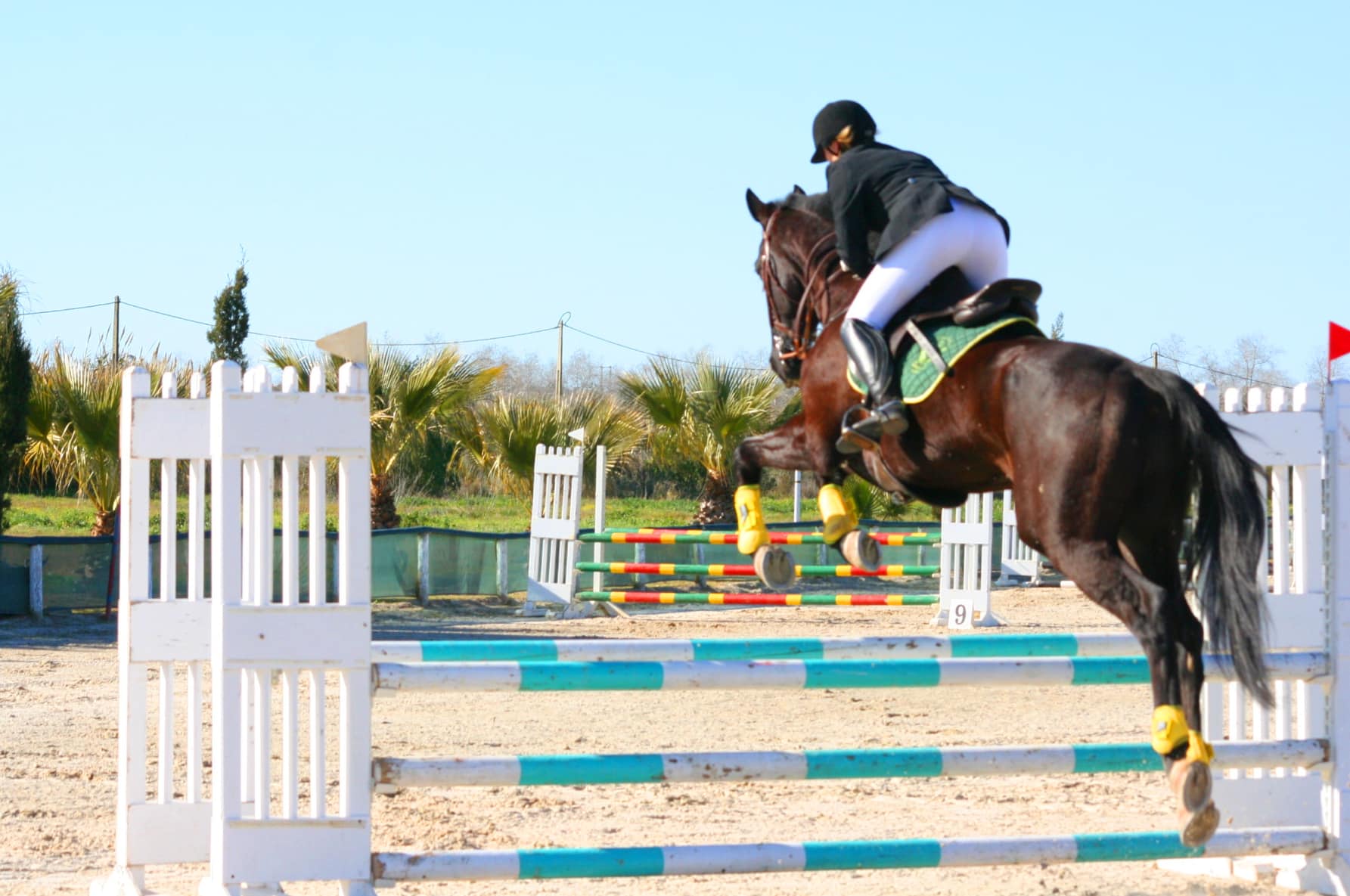
Are you sitting comfortably?
There are often things riders do wrong because they either don’t know they’re wrong, or weren’t aware that they were doing them. CHRISTINE ARMISHAW lists some of the more common problem.
Your body’s position in the saddle is critical to becoming an effective rider, and it’s something that benefits from constant attention and improvement. But often riders don’t know what they don’t know, and consequently make mistakes they’re not even aware of until someone points them out:
-
Gripping with your knees creates a pivot point and a weak, unstable lower leg with a tendency to swing back and forth. Forcing your heels down. Typically, concentrating on forcing the heels down can result in the rider’s leg being too far forward. Rather than pushing down on your heels, imagine yourself ‘standing’ over your horse, and then someone magically whisking the horse out from underneath you. If your weight was mainly in your heels, you’d finish up sitting on the ground! However, if your weight was a little bit in your heel, but you were thinking more about your weight going down into the ball of your foot in the stirrup, you’d still be standing when your horse suddenly vanished. So, shifting your weight onto the ball of your foot will help bring you into balance and prevent your legs from being too far forward.
- Where are your toes? In a basic sitting position in the saddle, look down. Can you see your toes? You knee should block your toes from sight, so if you can see them, your legs are too far forward. To correct that, take your feet out of the stirrups, and from the hip, draw your leg back until it’s actually too far back. Then let it slowly slide forward until it’s underneath you, which will bring you into that ‘standing over the horse’ position we should be aiming to achieve.
3. Knees on or off? If your knees are on, you need to get them off! And the reason for this is when you grip with your knee it creates a pivot point, which usually means that you lower leg will begin to swing back and forth. An unstable, weak lower leg might make you lean back, but because you’ve created this pivot point, it’s more likely to make you tilt forward. You can correct the problem by thinking about pointing your toes out a little bit. That will bring your knee off, and it will also help you lower your heal without you forcing it down.
4. Looking ahead. Stop looking down at your horse – you haven’t lost them, they’re still there! Instead, you should be looking in the direction in which you’re planning to go. So, if you’re riding around an arena, a field, or wherever, have your eyes up and looking in the direction you’re travelling. However, if you’re riding on a circle, you should be looking ahead at a point one quarter of the way around the circle from where you actually are. An easy way to visualise this is to imagine your circle is a clock face; you should always be looking a quarter of an hour ahead. So, if you are currently at the 12 o’clock position, you should be looking at three o’clock; if you’re at three o’clock, you should be looking at six o’clock, and so on. - Rising to the trot. When you’re trotting, you want to be rising off your feet, not your seat. What I mean by this is that rather than rising off the bounce the horse gives you at trot, you should be rising off the balls of your feet. This is the beginning of being able to control your horse’s pace; when you have control over your body, you have control over the rhythm and tempo of the trot. Many riders bounce up and down off their seat, but building on what we’ve said above, if you point your toes out a little, which brings your knee off the saddle, and push into the ball of your foot rather than your heel, you can start to slow your rise or speed it up by pushing off the balls of your feet.
- Gripping with your thighs. Typically, riders tend to grip with their thighs to hold on while they’re cantering. But instead, think about relaxing through the thigh and wrapping your lower leg around the horse. While maintaining knees off, toes out, weight to the ball of your foot, have your calves touching the horse and physically relax the grip through your thigh. By doing this, you make it easier for the horse to move through their back because you’re not restricting their movement – and your efforts will be rewarded with a better canter.
7. Rein contact. Having a strong and independent seat gives you the ability to refine all the aids you give to your horse, including contact through the reins. The very fact it’s called rein contact indicates that you have to have some degree of contact, but many riders, in an effort to be kind, don’t have enough contact, which inadvertently leaves their horse in the dark due to lack of communication. So, don’t ride with a slack rein. You always want to feel the weight of the bit in your hand, which means you need some degree of contact. It’s not pulling back on the reins though, it’s just a light contact which gives an open line of communication between you and your horse.
Think of it like this. Remember as a child talking to a friend using two tin cans or paper cups attached through a long piece of string? For you to be able to hear each other, the string had to have a degree of tautness. Not too tight or the string would pull out of the cups or tins, but not loose either because then neither of you could hear anything. It’s the same as having a light contact through the reins. Essentially, you’re having a conversation with your horse in which you’re saying ‘yes’ or ‘no’. ‘Yes’ is you basically asking nothing of the horse, and they carry on doing what they’re doing because it’s what you originally asked them for; and ‘no’ is you putting some degree of contact on until your horse goes back to doing what they were supposed to be doing. When the horse is soft and they’re carrying themselves, you can have a relaxed hand. But if they start to show resistance, come above the bit, or try to run through the contact, imagine you’re squeezing water out of a sponge, and then when they soften again, you can relax your grip.
Christine Armishaw Equestrian offers a variety of coaching and other equestrian services at her Otford Valley Equestrian Agistment & Training Centre just south of Sydney, NSW.




